Kari Lilja, TkT, Erikoistutkija; Sirpa Sandelin, TkT, Yliopettaja
English version below. (Click the link)
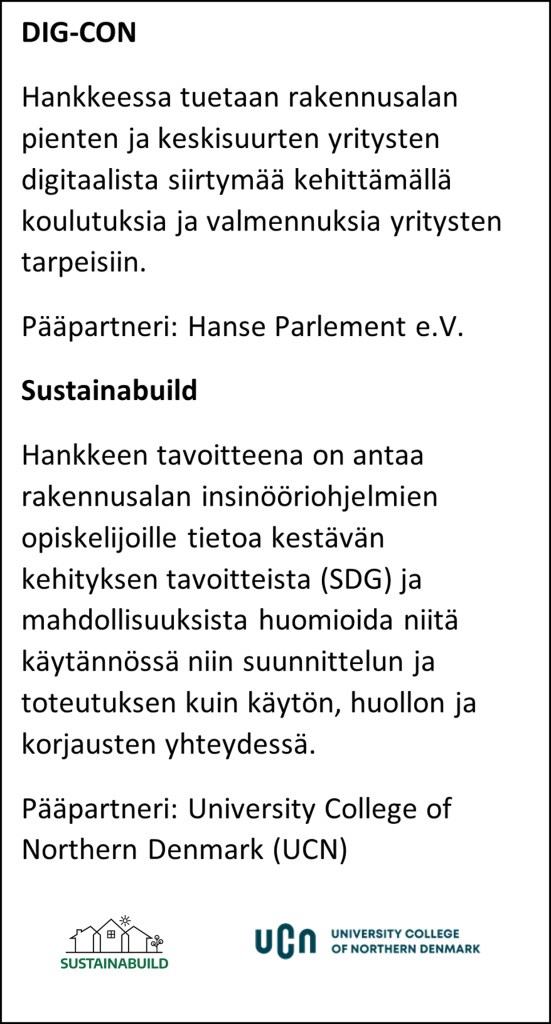
Mitä se opettaminen oikein on? Entä oppiminen? Näitä kahta kysymystä aloin pyöritellä mielessäni jokin aika sitten, osin kollegojeni kanssa käymieni keskustelujen, osin näiden keskustelujen herättämien muistojen vuoksi. Pääsyy pohdiskeluun on kuitenkin se, että jokaiseen niistä projekteista, joissa olen SAMKin ja Baltic Sea Academyn puitteissa ollut mukana, on kuulunut erilaisten koulutusten kehittämistä, testaamista ja arviointia. Tämän kevään aikana käynnistyy kaksi uutta monikansallista yhteistyöprojektia, joissa pääasiallisena tavoitteena on uusien kurssien ja oppimateriaalin kehittäminen.
Kuulun siihen ikäluokkaan, joka on lapsuudessaan ja nuoruudessaan saanut kyseenalaisen kunnian olla koululaitosta kehittäneiden nuorten ja poliittisesti aktiivisten edelläkävijöiden – ja toisinaan aivan sananmukaisesti pioneerien – koekaniini. Keskikoulu tai oppikoulu, jota kävin, oli niin sanottu kokeilukeskikoulu, jossa perinteisen keskikoulun raamien puitteissa sovellettiin suunnitellun peruskoulun opetussuunnitelmia ja muita korkealentoisia ideoita. Kun kyse oli pienten kuntien ylläpitämästä pienestä koulusta, oli selvää, että taloudelliset rahkeet eivät riittäneet parhaalla mahdollisella tavalla kaikkiin niihin villeihin ajatuksiin, joita kouluhallituksen tuolloin nuoret intoilijat kiertokirjeissään esittivät.
Viime aikoinakin paljon puhutut tasokurssit kuitenkin toteutettiin, niin kielissä kuin matemaattisissakin aineissa. Itse valitsin kaikissa laajat tasot, mikä takasi pienen opetusryhmän (4-6 oppilasta kurssista riippuen), tehokkaan henkilökohtaisen opetuksen ja hyvät oppimistulokset – ainakin numeroiden valossa.
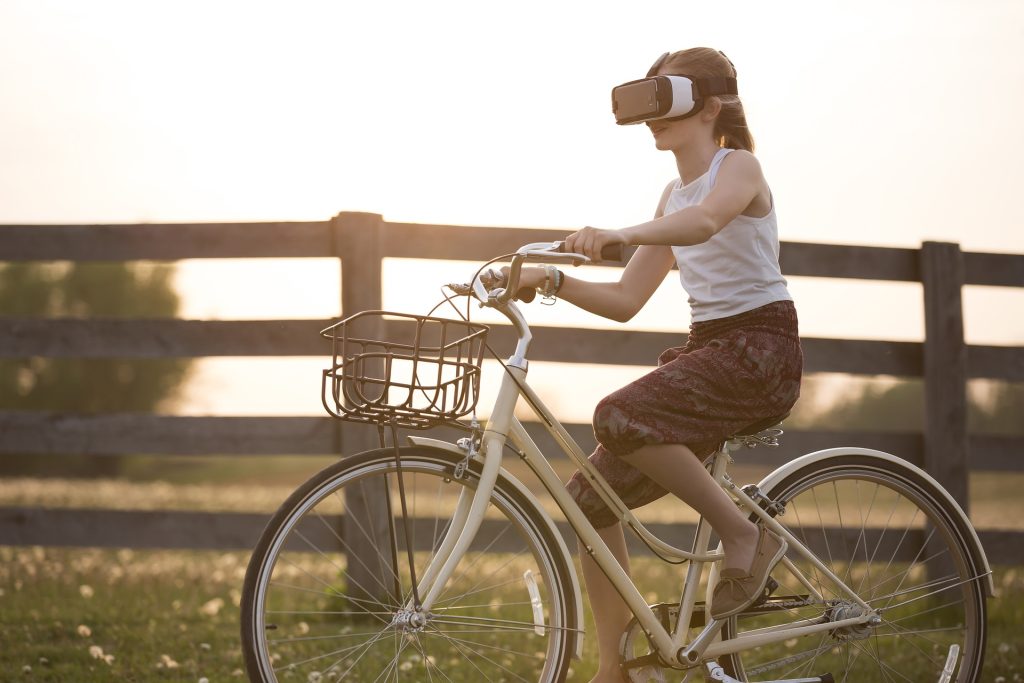
Todellisuus oli sitten toista, mikä paljastui lukiossa. Osoittautui, että me, jotka olimme tuon kokeilukeskikoulun eliittiä, jouduimme tekemään tuplasti sen työn, mitä perinteisen keskikoulun opetussuunnitelman mukaan opiskelleet joutuivat, pysyäksemme vauhdissa mukana. Alempien tasokurssien oppilaat paria poikkeusta lukuun ottamatta putosivat kyydistä viimeistään ensimmäisen vuoden jälkeen. Suurin syy tähän oli se, että meidän opetussuunnitelmaamme laadittaessa oli tähdätty vain ideologisiin oppimistavoitteisiin, eikä oltu otettu ollenkaan huomioon sitä, mitä vaatimuksia ja osaamistavoitteita ulkoinen maailma, toisin sanoen jatko-opiskelupaikat ja työpaikat, osaamiselle asettivat. Toki opettajatkin olisivat voineet katsoa raamiensa ulkopuolelle, mutta se tuskin tuli kenellekään mieleen.
Heidät oli sokaissut uuden tekemisen lumo ja aatteen palo.
Miten tuo sitten liittyy tähän päivään? Elinikäisenä opiskelijana ja oppijana olen myöhemminkin törmännyt monenlaisiin opetus- ja oppimiskokeiluihin. On ollut ryhmätenttejä, oppilaat ovat opettaneet toisiaan joko pienryhmissä tai suoraan katederilta kaksisataapäiselle laumalle suunnatuilla yhden asian esityksillä, on ollut erilaisia havainnollistamisia ja koodaus- tai laskuharjoitustunteja, joissa opiskelijat ovat ohjanneet toisiaan. On myös ollut tehtäviä, joissa on etukäteen pitänyt oppia tietty asia annetusta kirjallisuudesta, ja sitten asia käydään tunnilla läpi, tavalla tai toisella. Tätä muotoa kutsuttaneen nykyään käänteiseksi oppimiseksi. Yhteistä kaikille näille on ollut, että mikään ei ole soveltunut kaikille. Pääsääntönä, omien havaintojeni perusteella, on ollut, että erityisesti se osa joukosta, joka kipeimmin kaipaa tukea oppimiselleen, on kärsinyt eniten erilaisista kokeiluista. Erityisesti ns. erityiset oppijat arvostavat jatkuvuutta ja turvallisuutta. He, joilla oppiminen on muutenkin hallussa, pystyvät paremmin poimimaan eri oppimismenetelmien paletista itselleen parhaiten sopivat menetelmät.
Tämä havainto saa tukea myös kirjallisuudesta.

Käänteinen oppiminen, joka on ollut viime aikoina paljon esillä niin opiskelijoiden kuin opettajien keskuudessa, ei ole mikään uusi ilmiö. Itse asiassa kaikki oma-aloitteinen itseopiskelu perustuu käänteiseen oppimiseen: Otamme itse selvää asioista ja sitten testaamme oppimamme joko pääsykokeissa, korjaamalla rikkoutuneen laitteen netistä löytämillämme ohjeilla, tai valmistamme uuden ruokalajin lehdestä leikatun reseptin perusteella. Ei kyse ole sen kummemmasta. Mutta jotta onnistuisimme tuossa, asian pitää olla jotenkin meille tuttu ja tärkeä, ja meillä pitää olla motivaatio uuden oppimiseen. Sille, joka ei ole koskaan laittanut ruokaa, jo reseptissä käytetyt mittayksiköt ja ainesnimet saattavat olla outoja. Se, joka ei ole koskenutkaan työkaluihin, ei todennäköisesti erota hohtimia pihdeistä. Jos me kuitenkin haluamme tehdä sen kakun tai korjata repsahtaneen piirongin laatikon, tarvitsemme jonkun, joka auttaa meidät alkuun, selvittää peruskäsitteet ja auttaa eteen tulevissa ongelmissa.
Tarvitsemme opettajan.
Siitä opettamisessa on kysymys. Oppimisen mahdollistamisesta ja oppimisessa auttamisesta. Yksilöllisten oppimistyylien ja erilaisten oppijoiden huomioon ottamisesta. Monipuolisesta eri menetelmien ja teknisten apuvälineiden hyödyntämisestä. Uusien ideoiden hakemisesta ja oivaltamisesta. Mutta myös vuorovaikutuksesta, opiskelijoiden ja työtoverien kuuntelemisesta, ihmisten kunnioittamisesta ja arvostamisesta. Etiikasta.
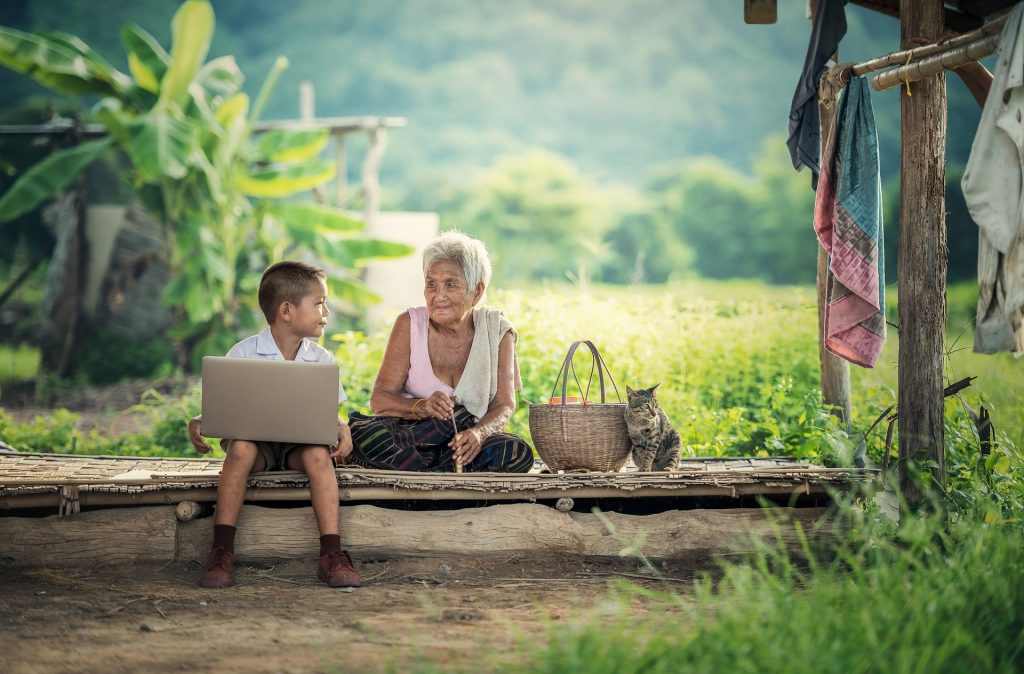
Pedagogiikka on osa ihmistieteitä. Ja ihmistieteissä eettiset periaatteet ovat kaiken tutkimuksen ja muun toiminnan a ja o. Yksi tarkimmin suojelluista periaatteista on, että tutkimukseen tai kokeeseen osallistuminen perustuu tietoiseen vapaaehtoisuuteen. Ketään ei saa ilman erityisiä perusteita vastoin tahtoaan velvoittaa osallistumaan kokeeseen, joka voisi vaikuttaa haitallisesti hänen fyysiseen tai psyykkiseen kehitykseensä, kuntoonsa tai tulevaisuuteensa. Alaikäisen kohdalla nämä säännöt ovat vielä tiukemmat.
Suojellakseen henkilökuntaansa ja opiskelijoitaan monet oppilaitokset vaativat väkeensä kohdistuvaa tutkimusta toteuttavilta tutkijoilta tutkimuslupaa. Lupa on anottava ennen tutkimuksen alkua.
Opetusmenetelmien valinnassa ja testauksessa liikutaan osin harmaalla alueella. Missä vaiheessa jonkun uuden menetelmän kokeilu muuttuu eettisten periaatteiden sääntelemäksi tutkimukseksi? Yhden tai kahden tunnin kokeilu tuskin täyttää kriteerejä, mutta kokonaisten kurssien pitäminen uudella menetelmällä ja tulosten sisällyttäminen omaan opinnäytteeseen on jo varmasti raamien sisällä. Niistä kokeiluista, joissa itse olen ollut mukana, huomattava osa on ollut yliopisto-opettajien pedagogisiin opintoihin liittyviä – siis vastanneet ammatillisen opettajan pedagogisia opintoja. Opettajat ovat kertoneet ennakkoon, mistä on kyse, ja ovat joskus antaneet myös mahdollisuuden vaihtoehtoiseen suoritukseen.
Siirtyminen laajassa mitassa etäopetukseen on ollut maanlaajuinen kokeilu, josta jo käytettävissä olevan datan perusteella yhdet ovat hyötyneet ja toiset kärsineet, kuka enemmän, kuka vähemmän. Tuleeko etäopetus ja etäoppiminen jäämään osaksi koulujen, korkeakoulujen ja yliopistojen arkipäivää? Uskon, että tulee, mutta se jää nähtäväksi. Sosiaaliset vaikutukset ovat osin kumonneet etäopetuksen hyötyjä. Pakko, ja koululaisten ja opiskelijoiden erilaiset valmiudet siirtyä etämoodiin tekivät siirtymisestä eettisesti arveluttavaa. Parhaiten siirtymisestä selvisivät ne koulut, opettajat ja opiskelijat, jotka olivat jo kehittäneet ja harjoitelleet etäopetusta ja -opiskelua.
Uusien menetelmien tutkimus, kehittäminen ja testaus ovat suotavia ja positiivisia asioita, kunhan pidetään mielessä eettinen vastuumme, kunnioitus toisiamme ja toistemme työtä kohtaan, ja muistetaan, että käytettävissä olevat resurssit ovat varsin rajallisia.
Opettaminen on opettajalle paras tapa oppia.
What is teaching?
Dr. Kari Lilja, Senior Researcher; Dr. Sirpa Sandelin, Principal lecturer
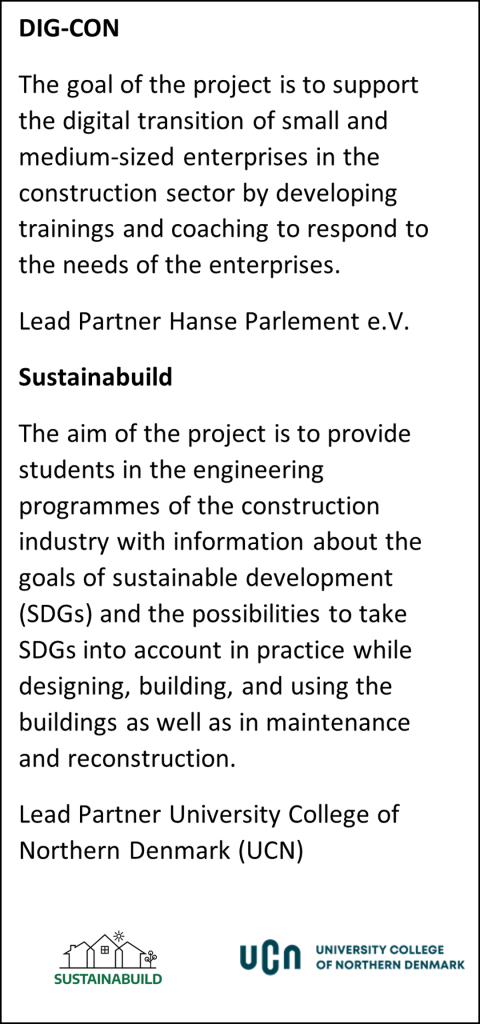
What exactly is teaching? What about learning? I began to revolve around these two issues some time ago, partly because of the discussions I have had with my colleagues, partly because of the memories I have evoked from these discussions. The main reason for reflection, however, is that every one of the projects I have been involved in within framework of SAMK and the Baltic Sea Academy has involved the development, testing and evaluation of various training courses. During this spring, two new multinational cooperation projects will be launched, with the main goal of developing new courses and teaching material.
I belong to the age group that, in their childhood and youth, has been given the dubious honour of being a test rabbit for young and politically active pioneers – and sometimes quite literally pioneers – who have developed the school system. The high school I attended was a so-called experimental high school, where the curricula and other high-flying ideas of the planned comprehensive school were applied within the framework of a traditional high school. When it came to a small school run by small municipalities, it was clear that the financial resources were not enough for all the wild ideas presented by the young enthusiasts of the school board in their circulars at the time.
Nevertheless, the level courses, that have recently been discussed too, were conducted, both in languages and in mathematics. Personally, I chose broad levels in all, which ensured a small teaching group (4-6 pupils depending on the course), effective personal teaching and good learning outcomes – at least in terms of grading.
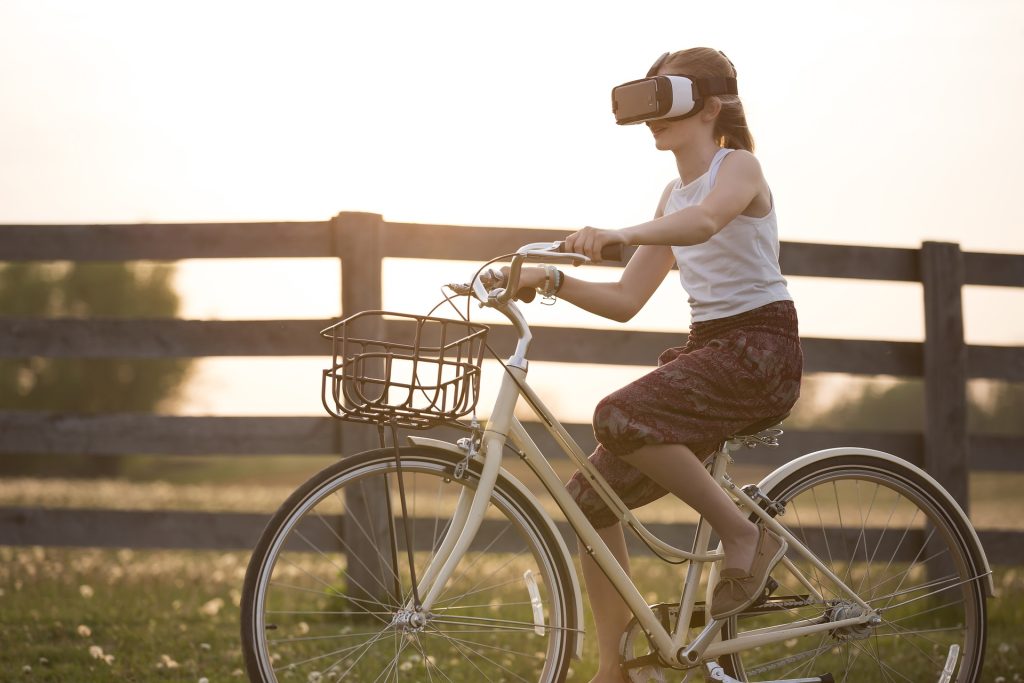
The reality was different, which was revealed in senior high school. It turned out that we, who were the elite of that experimental high school, had to do double the work that those who studied according to the traditional high school curriculum had to keep up. Those who had chosen concise courses, with a few exceptions, fell off the ride after the first year at the latest. The main reason for this was that our curriculum was designed bearing just ideological learning goals in mind and did not consider the demands and competences of the external world, i.e., postgraduate places and jobs. Sure, even the teachers could have looked outside their frames, but it hardly came to anyone’s mind.
They had been blinded by the enchantment of the doing new and the fire of the ideals.
How, then, does that relate to this day? As a lifelong student and learner, I have seen a wide range of teaching and learning experiments. There have been group exams, students have taught each other either in small groups or with lectures given by one student to a herd of two hundred, there have been various demonstrations and coding or calculation lessons where students have guided each other. There have also been assignments where one should learn a certain issue in advance from a given literature, and then the topic is dealt with during a lesson, in one way or another. This form will probably be called reverse (or flipped) learning today. What has been common for all of these, is that nothing is suitable for everyone. Based on my own observations, I would state that the part of the pupils, that is most in need of support for their learning, has suffered the most from various experiments. In particular, the so-called special learners value continuity and safety. Those who have no problems in learning have better opportunities to choose the methods that work best for them from a palette of different learning methods.
This finding is also supported by the literature.

Reverse (or flipped) learning, which has been discussed much both by students and by teachers in recent times, is not a new phenomenon. As a matter of fact, all self-directed self-study is based on reverse learning: We find out something by ourselves and then test our learning either through entrance exams, repairing a broken device with instructions we find online, or prepare a new dish based on a recipe cut from a magazine. It’s not about that. But to be able to succeed in that, we need to be somehow familiar with the issue, and topic should be important for us. Furthermore, we need to be motivated to learn something new. For someone who has never cooked, the units of measure and ingredient names used in the recipe may be strange. Anyone who hasn’t even touched the tools, will probably not be able to separate the glitter from the pliers. However, if we want to make that cake or fix a box of tattered drawings, we will need someone to help us get started, figure out the basic concepts, and help with the problems that lie ahead.
We’ll need a teacher.
That is what teaching is. Enabling learning and helping with learning. Considering the individual learning styles and different learners. Versatile use of different methods and technical aids. Seeking and realizing new ideas. But also interaction, listening to students and co-workers, respecting and valuing people. Considering ethics.
Pedagogy is part of the human sciences. And in the human sciences, ethical principles are the a and o of all research and other activities. One of the most strictly protected principles is that participation in a study or experiment is based on conscious volunteering. No one shall be forced, without special justification, to take part to an experiment, which would adversely affect his or her physical or mental development, physical condition, or future. In the case of a minor, these rules are even stricter.
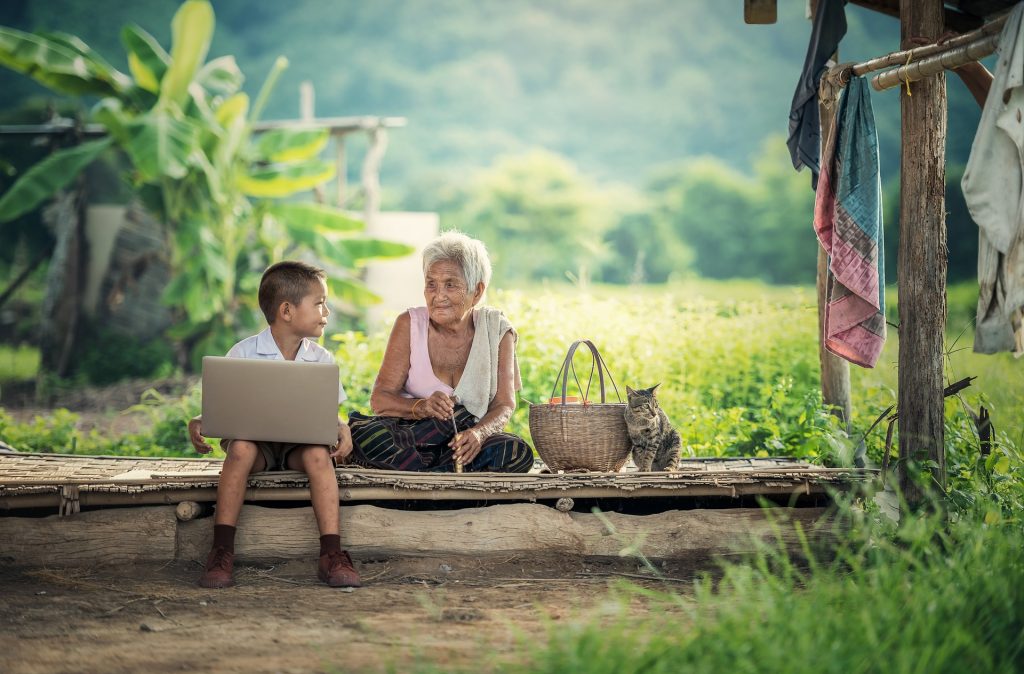
To protect their staff and students, many institutions require a research permit from researchers conducting research approaching the people of the organization. Permission must be sought before the study begins.
In the selection and testing of teaching methods, teachers are partly in a grey zone. At what point does the experimentation of a new method turn into research governed by ethical principles? An experiment of one or two hours hardly meets the criteria but taking whole courses with a new method and incorporating the results into your own thesis is certainly within the frames. Of the experiments in which I by myself have participated, a considerable part has been related to the pedagogical studies of university teachers. Teachers have told in advance what they are doing, and why, and have sometimes also provided an opportunity for alternative examination.
The transition to large-scale distance learning has been a nationwide or even worldwide experiment, from which, based on the data already available, some have benefited, and others suffered, who more, who less. Will distance learning and distance learning become part of the everyday life of schools, colleges, and universities? I believe it will come, but this remains to be seen. The social effects have partially offset the benefits of distance learning. Forced, and the different abilities of schoolchildren and students to switch to remote mode made the transition ethically questionable. Schools, teachers, and students who had already developed and practiced distance learning and learning, have survived the transition best.
Research, development and testing of new methods are desirable and positive things, as long as we bear in mind our ethical responsibility, respect for each other and each other’s work, and the quite limited resources available.
Teaching is the best way for a teacher to learn.
Artikkeli on kirjoitettu Euroopan unionin Erasmus+ -ohjelman rahoittamien WWW&CE, DIG-CON ja Sustainabuild -hankkeiden puitteissa. Vastuu artikkelissa esitetyistä näkemyksistä on yksinomaan kirjoittajilla.
This article was written in the framework of the WWW & CE, DIG-CON and Sustainabuild projects funded by the European Union’s Erasmus + program. The sole responsibility for the views expressed in this article lies with the authors.

